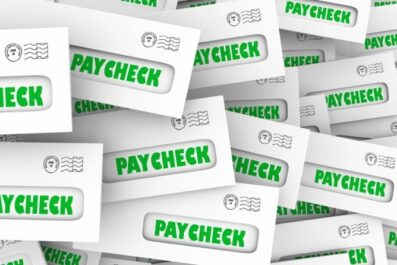Will Medicare Cover My Repeat Prescriptions?

Navigating the world of healthcare can be challenging, especially when it comes to understanding how Medicare covers prescription medications. For many older adults and individuals with health issues or chronic conditions, repeat prescriptions are an important part of managing their health.
Ensuring these medications are covered under Medicare can impact health outcomes and finances. Because of this, it’s good to understand Medicare’s coverage for repeat prescriptions, the details of Medicare Part D, and associated costs.
Whether you’re new to Medicare or looking to optimize your current plan, the following article will help clarify what you need to know to get the most out of your prescription drug coverage.
To understand how Medicare covers prescriptions, you’ll need to know how the program is set up. Medicare has four parts, including Part A, B, C, and D, each covering different areas of medical care.
Parts A and B help cover inpatient and outpatient services such as surgeries, doctor’s visits, blood work, preventative care, and more. Part C is another term for the Medicare Advantage plan program, which combines Part A and Part B benefits into a single plan under a private insurance carrier.
Part D covers prescription medications, including repeat prescriptions from the pharmacy. These standalone Part D plans are typically paired with a Medicare Supplement (Medigap) plan, which helps cover costs after Part A and Part B. For example, you may have a Part D plan for prescriptions and Plan G to help with other medical services.
Medicare Part D Coverage for Repeat Prescriptions
Repeat prescriptions are medications that your provider prescribes for you to use regularly. Typically, you can obtain these medications from a pharmacy on a schedule without seeing your provider first each time.
Fortunately, Medicare Part D covers repeat prescriptions as long as the medication is included in your plan’s formulary, a list of covered drugs. If your doctor prescribes a medication not included in your plan’s formulary, your plan will not provide coverage. Although it is possible to submit a request for a formulary exception to your Part D plan in this case.
Medicare Part D and Prescription Coverage
You must enroll in a Part D plan through a private insurance carrier to obtain Part D coverage. This plan can be a standalone plan or Part D coverage built into an Advantage plan.
Medicare Part D Eligibility
To be eligible for Part D, you must be a United States citizen or legally present in the states. You must also be enrolled in at least Part A or Part B for a standalone Part D plan. If you want to enroll in an Advantage plan that includes Part D coverage, you must be enrolled in both Part A and Part B.
Medicare Part D Enrollment
One important note is that there are specific enrollment periods for the different parts and plans of Medicare, including Part D. The first enrollment period that you can use to sign up for Part D is your 7-month Initial Enrollment Period (IEP), which begins three months before your 65th birthday month and ends three months after.
Once you are past your IEP, there are other enrollment periods you may be able to use, such as a Special Enrollment Period or the Annual Election Period in the fall.
Medicare Part D Coverage Details
Part D plans differ from one another in that they cover varying medications at different costs. However, Medicare requires them to cover a wide variety of generic and brand-name prescription medications and classes, such as anticancer medications, anticonvulsants, immunosuppressants, and more.
Medicare Part D Costs and Tiers
Part D plans list all their covered medications and costs on their formulary. Their formularies also show which “tiers” their medications fall under. Most plans have five different tiers, while others may have more. Tier one medications tend to be the least expensive, while tier five and above are usually the most expensive.
Part D plans can also come with a monthly premium and cost-sharing, which may include a deductible or copays.
Medicare Part D Pharmacies
These plans operate within pharmacy networks as well. Their networks include preferred pharmacies, standard pharmacies, and mail-order programs. Medications are cheaper when you receive them through your plan’s preferred pharmacies, which can help lower your out-of-pocket costs.
Final Thoughts
Understanding Medicare’s coverage for repeat prescriptions helps maintain your health and financial well-being. You can make informed decisions about your medical coverage by knowing the ins and outs of Medicare Part D, including the enrollment process, coverage specifics, and associated costs.
Regularly reviewing and comparing your Part D plan each year also ensures you receive the best coverage for your needs. As your healthcare needs change, staying on top of your prescription drug coverage can help keep you healthy with peace of mind.





